shark bay is a great place, if you haven’t had a chance to get there have a look at some photos here and here (nat’s report about her very special time in shark bay). we did have a little time to kill because of the latest in a series of land rover spare parts that decided to pack it in.
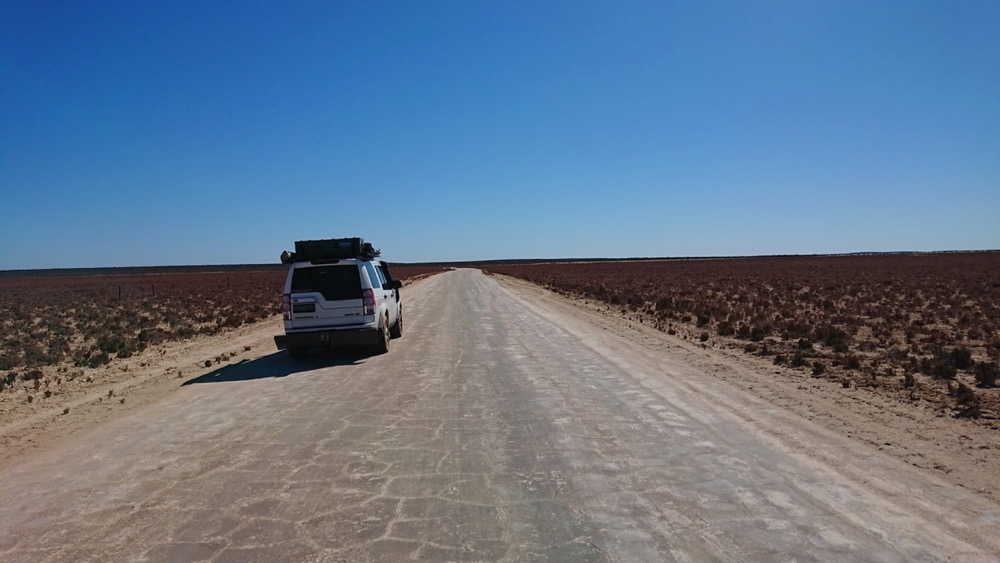
anyway, since we are not really on a schedule we figured there are worse places to be stuck in and devised a plan which would involve boats and planes.
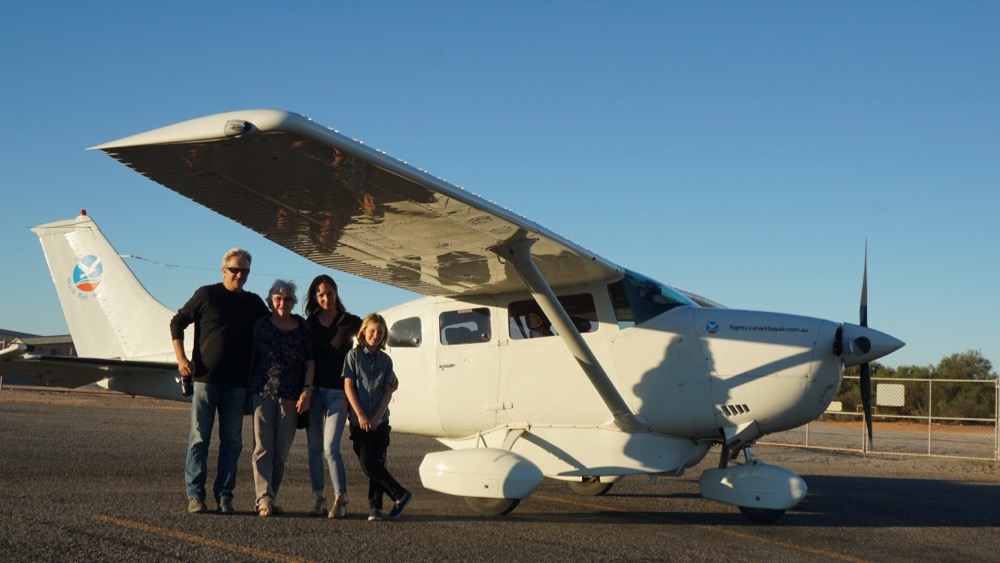
that plane. the four of us had decided to take the sunset flight out of cape peron – where we had been the day before and liberally sprinkled the desert with our precious coolant – and then over monkey mia, home of the dolphins nat had hand-fed.
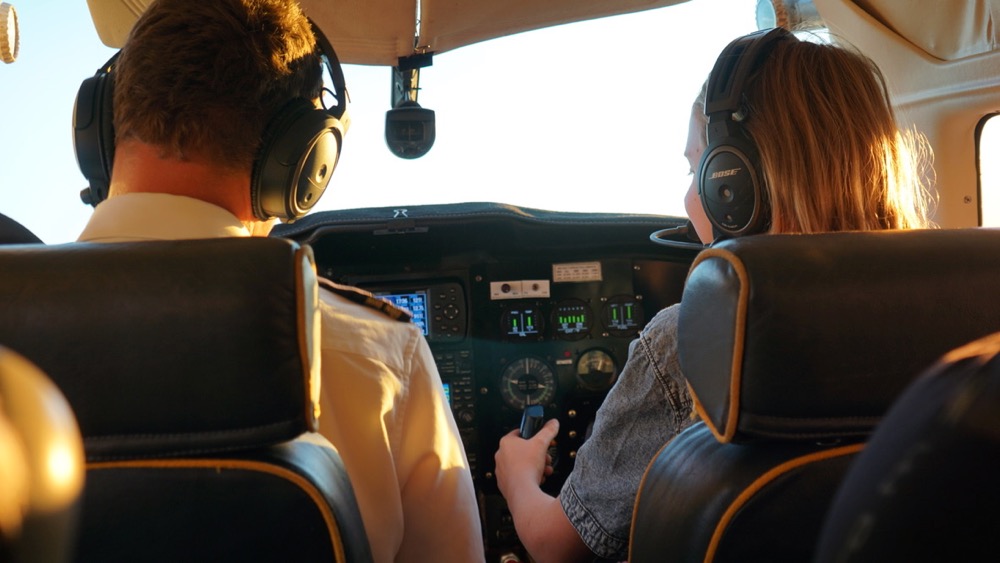
we also had our very own pilot! have a read of nat’s post if you want to know more. yes she does have her hands on the steering column and she did really fly the plane. julien was on hand of course.
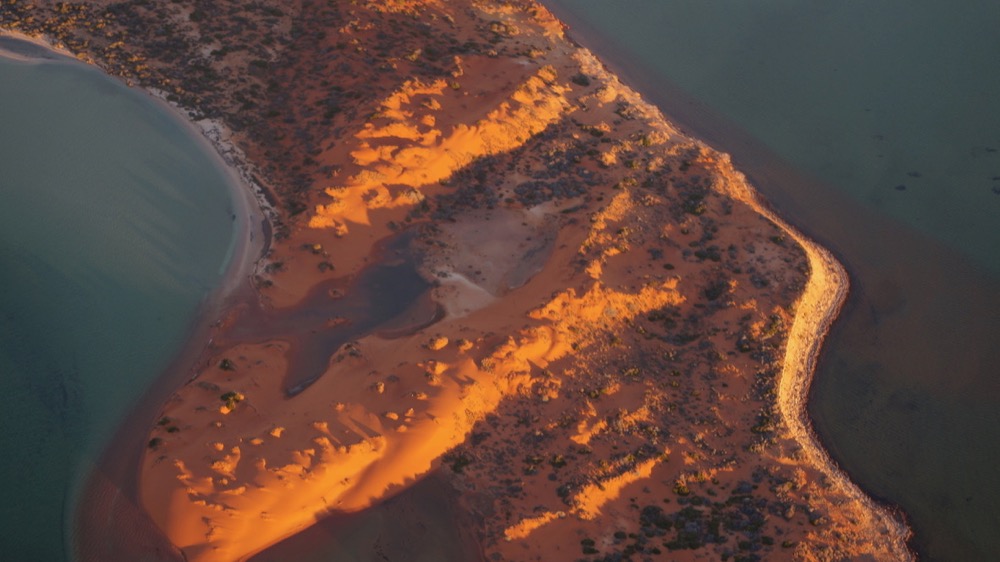
if possible shark bay is even more beautiful from above (and at sunset).
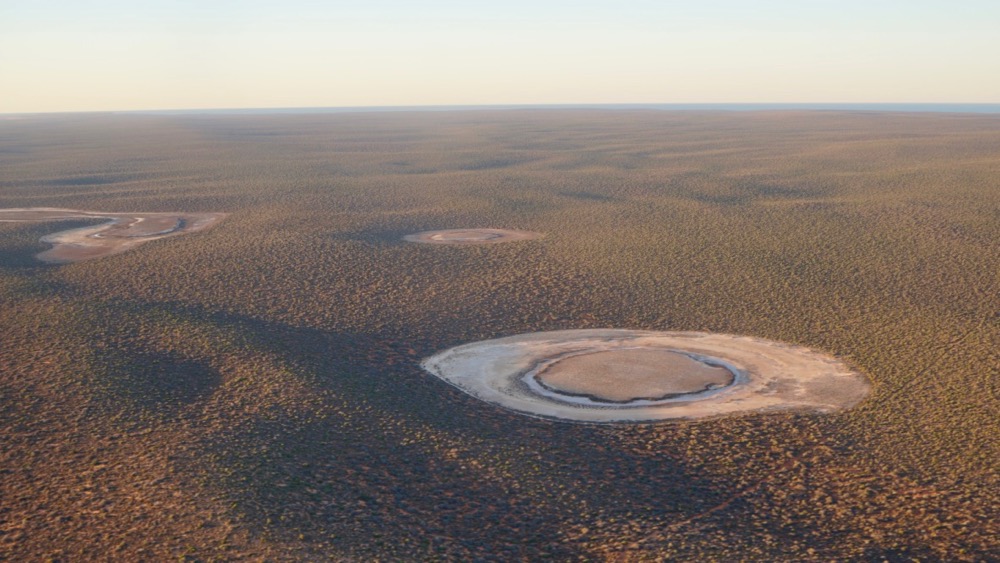
these saltpans are remnants of a time about 8000 years ago when the sea levels were about 3 meters higher and the water flowed inland. when the water retreated later the saltpans dried out and left more than 100 features like this.
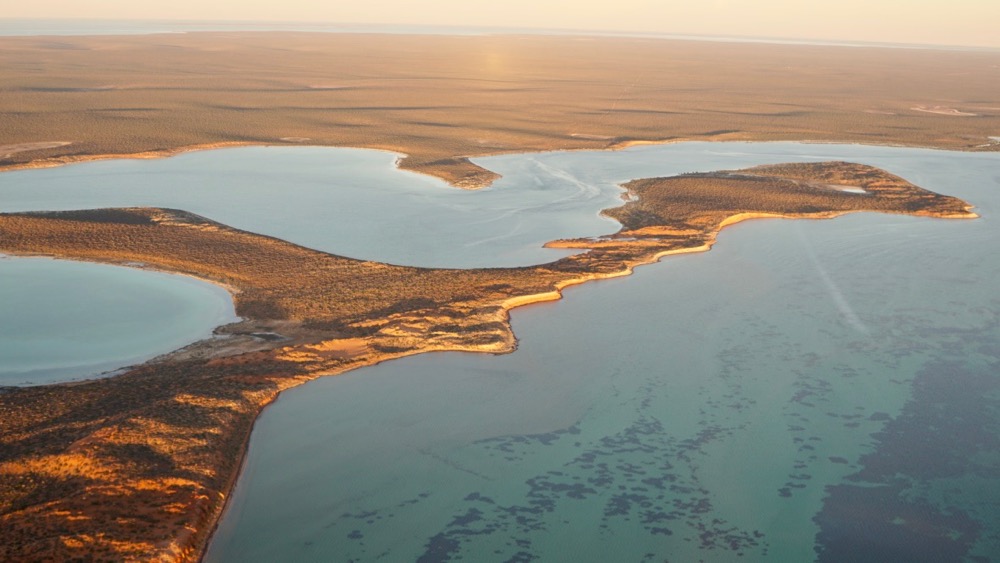
you can also spot the reason why there is so much aquatic wildlife in shark bay: the massive seagrass beds. they feed the dugongs, the turtles and provide more than enough food for the dolphins and sharks as well.
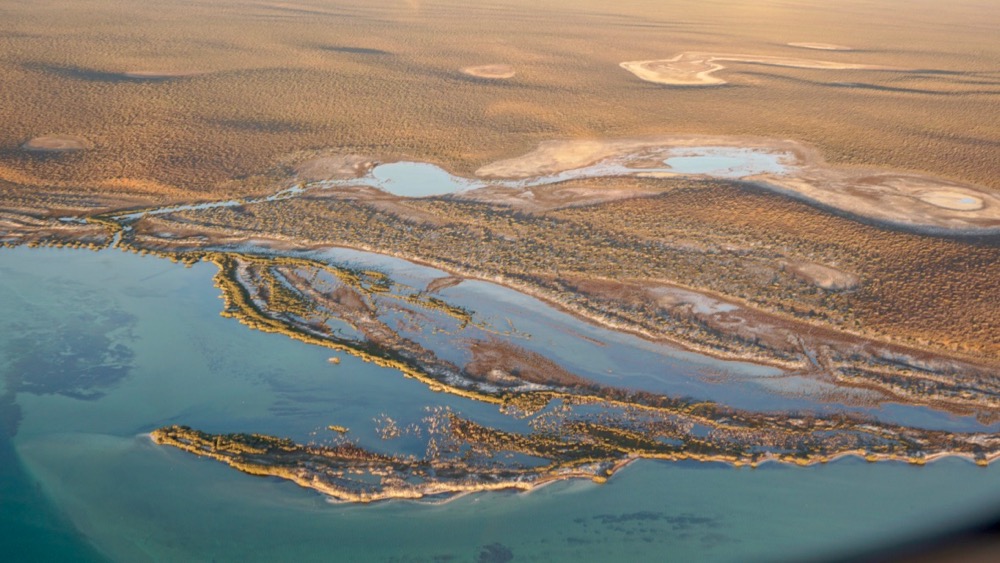
shark bay is also protected by an electric fence to keep out foxes. this gives the local wildlife a chance to recover.
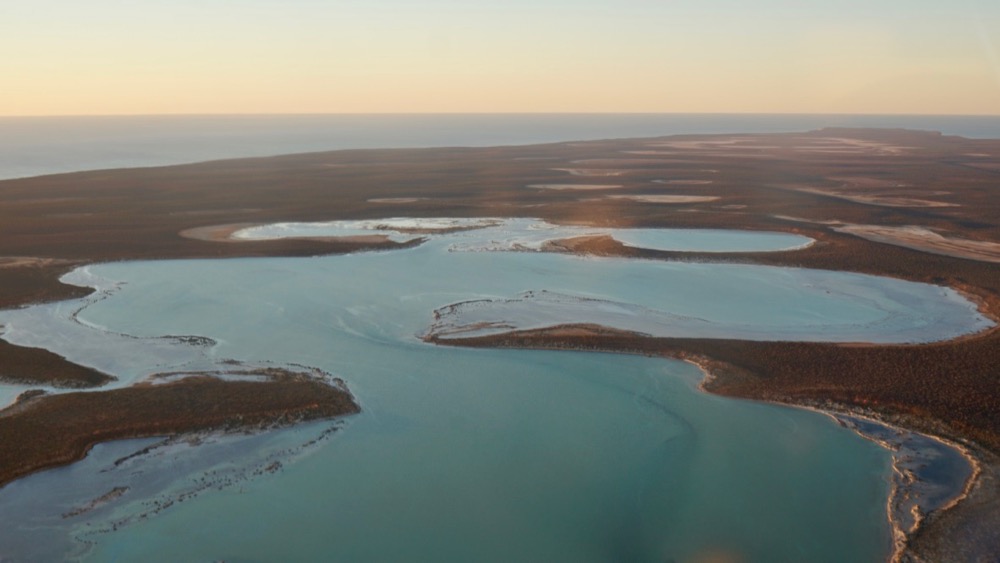
two island in shark bay, dirk hartog island and faure island serve as sanctuaries for protected species since cat’s can’t get there. dirk hartog island is also remembered for another reason: it is the spot where the first european set foot on the australian continent (in 1616).
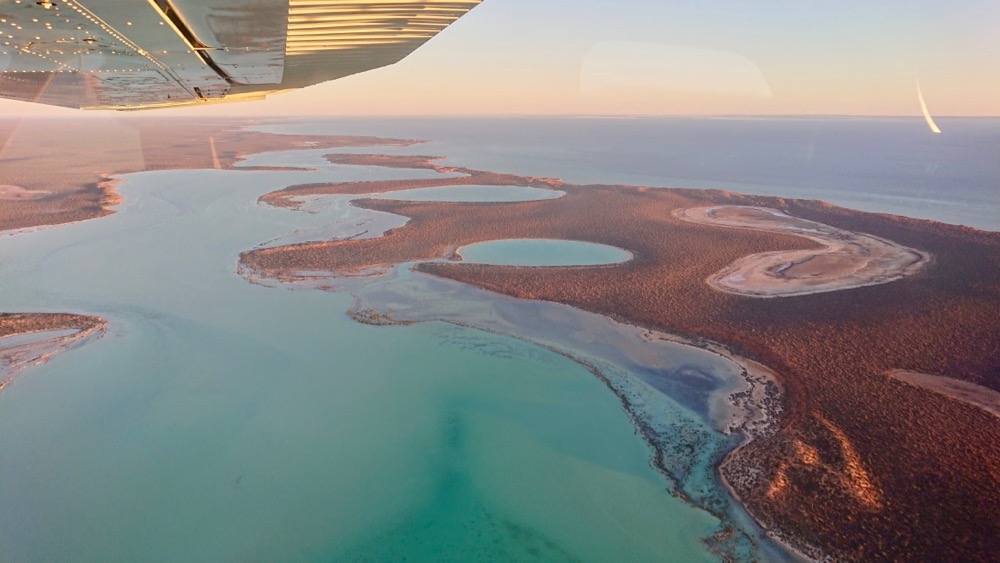
flying over shark bay: great idea!
after having seen the peninsula from land and air there was one thing left to do: take a boat out to sea.

we had seen quite a few dolphins but they are just always amazing to watch. there were quite a few hunting out in the bay.
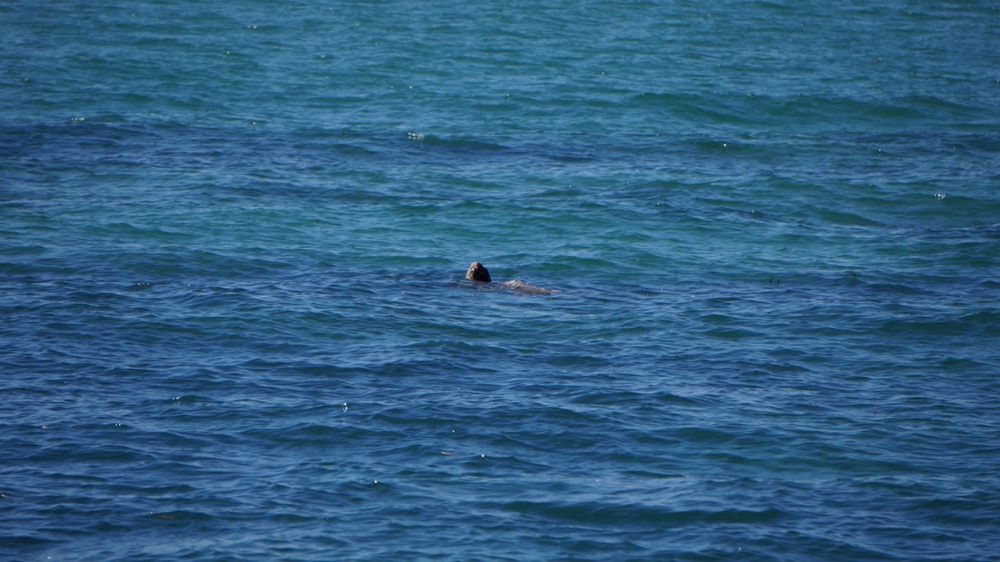
we had seen a turlte close up at the jetty but there were a few more out there. the green turtles in particular feed on the seagrass and there is a lot of that out in the bay.
the main reason we sailed out into the bay, however, was to see another animal that feeds on seagrass: the dugong.
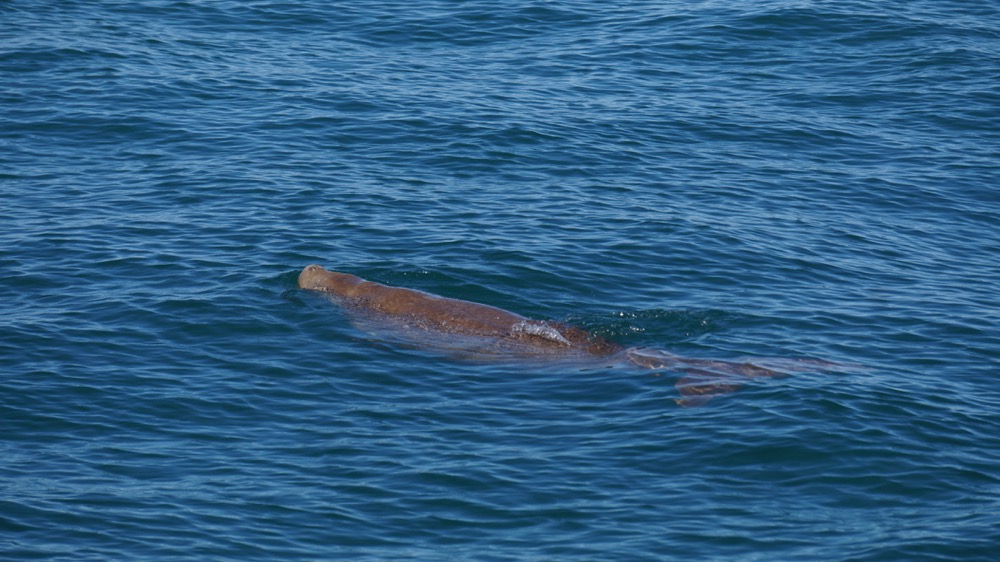
they are also known as seacows and apparently gave rise to the myths about mermaids. how that happened is a bit of a mystery to me; they don’t sing and they are not especially pretty either. it was nevertheless cool to see one out there in the wild.
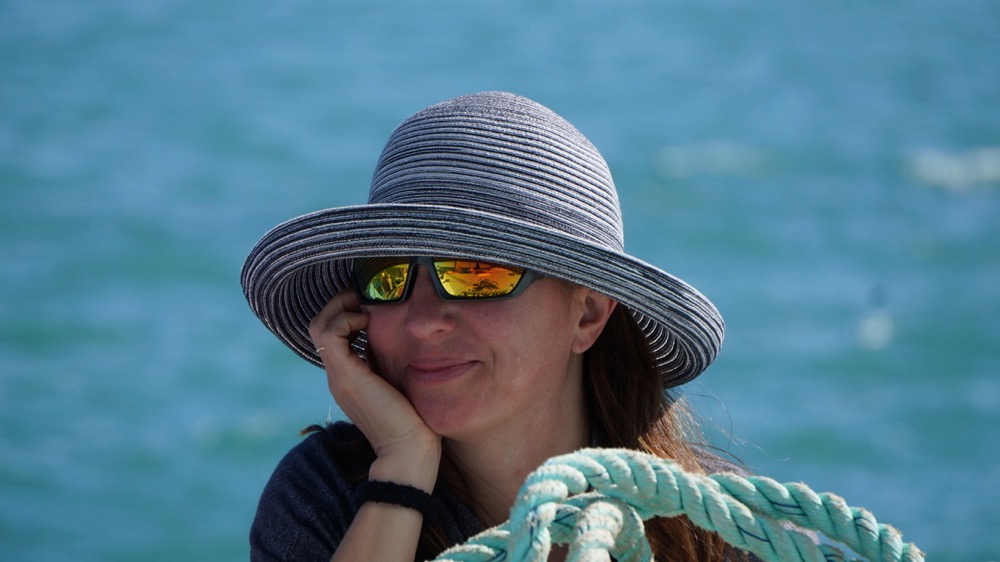
now that’s what i’d think a mermaid should look like.
